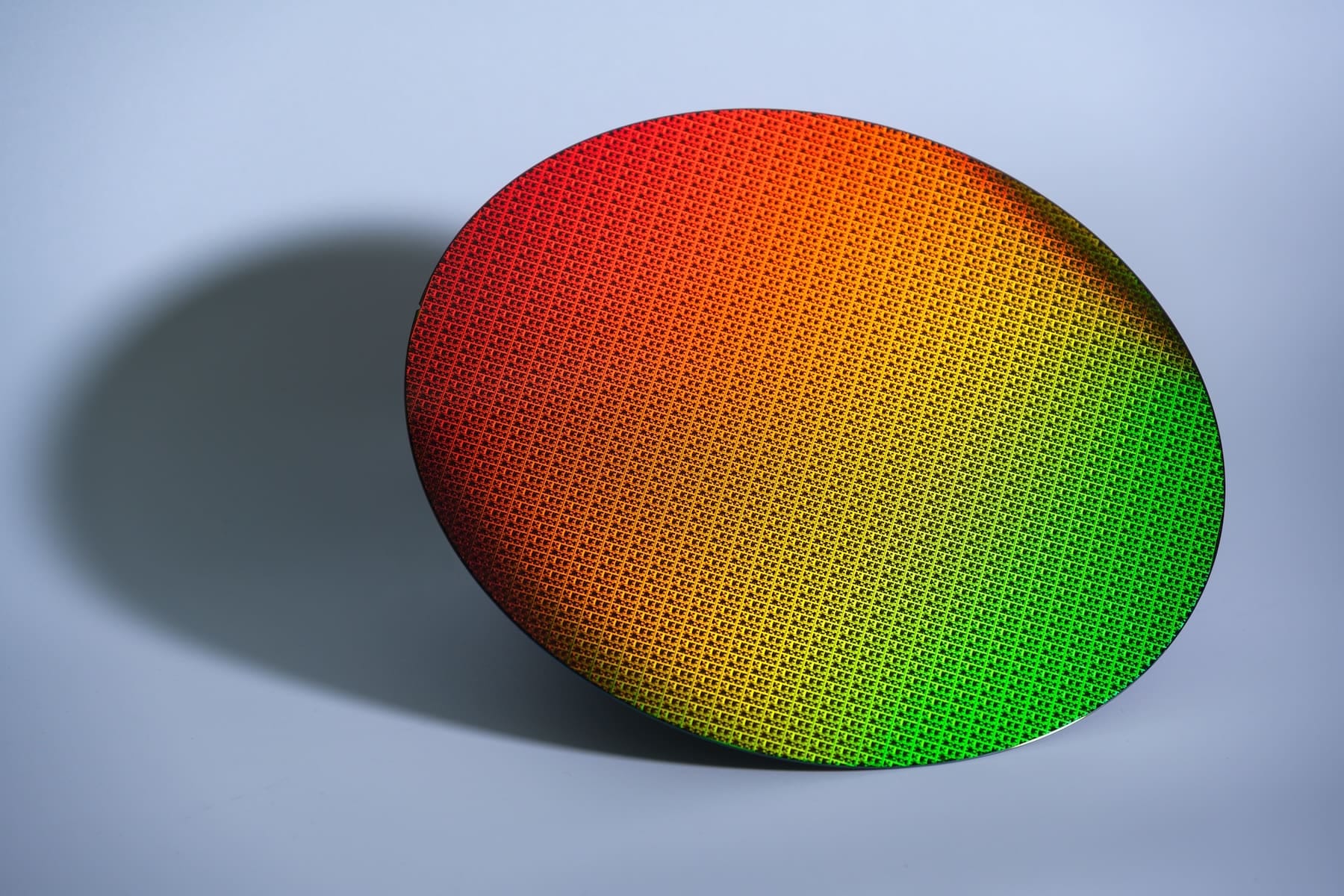Intel continues to advance in its semiconductor development strategy with the early success of the Intel 18A process. Since the release of the Process Design Kit (PDK) 1.0 in July, the response in the ecosystem has been positive, and the manufacturing results have been promising. According to Ben Sell, Vice President of Technology Development at Intel, the Intel 18A process is operating correctly in operating systems and is showing healthy and promising performance, with manufacturing quality on track for its planned launch in 2025.
Early Success and Resource Reallocation
One of the benefits of the early success of Intel 18A is Intel’s ability to reallocate engineering resources from Intel 20A earlier than planned. This marks a significant advancement in Intel’s plan of five nodes in four years. With this strategy, the Arrow Lake processor family will be mainly built using external partners and will be packaged by Intel Foundry.
The path to Intel 18A has been built on the foundations established by Intel 20A, which allowed the company to explore and refine new transistor techniques, materials, and architectures. This process facilitated the successful integration of the RibbonFET gate-all-around transistor architecture and the delivery of PowerVia energy on the backside for the first time. These learnings have been crucial for the first commercial implementation of these technologies in Intel 18A, highlighting the iterative nature of semiconductor innovation.
Optimization and Technological Advances
The transition to Intel 18A also allows Intel to optimize its engineering investments. Initially, it was expected that the lessons learned with the performance quality of Intel 20A would serve as a bridge to Intel 18A. However, with the current defect density of Intel 18A already established at D0
Ben Sell, Vice President of Technology Development at Intel, emphasized that the advancement in the Intel 18A process not only marks a milestone in the evolution of semiconductors, but also opens up new opportunities for Intel Foundry customers. The company is excited to bring these technological advances to all its partners and customers, demonstrating Intel’s ongoing commitment to innovation and leadership in the semiconductor industry.
Conclusion
The progress of Intel 18A represents a significant step in the technological evolution of semiconductors. With solid performance and promising manufacturing quality, Intel is well positioned to meet its ambitious development plan and continue leading the industry in the next generation of processor technologies.
Source: Intel

